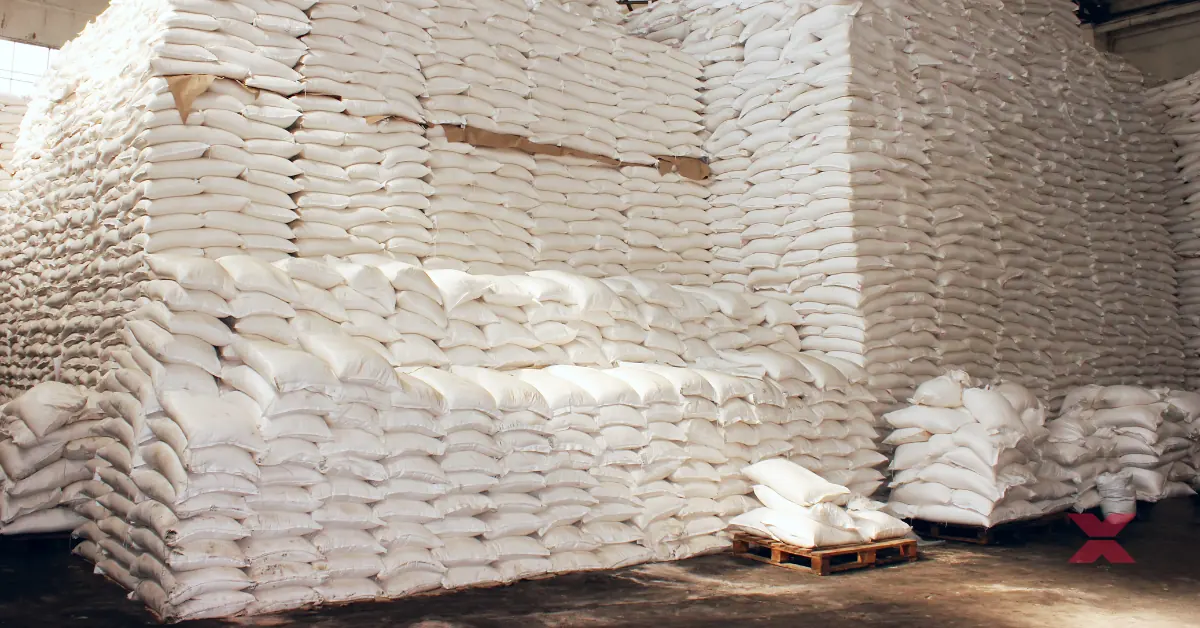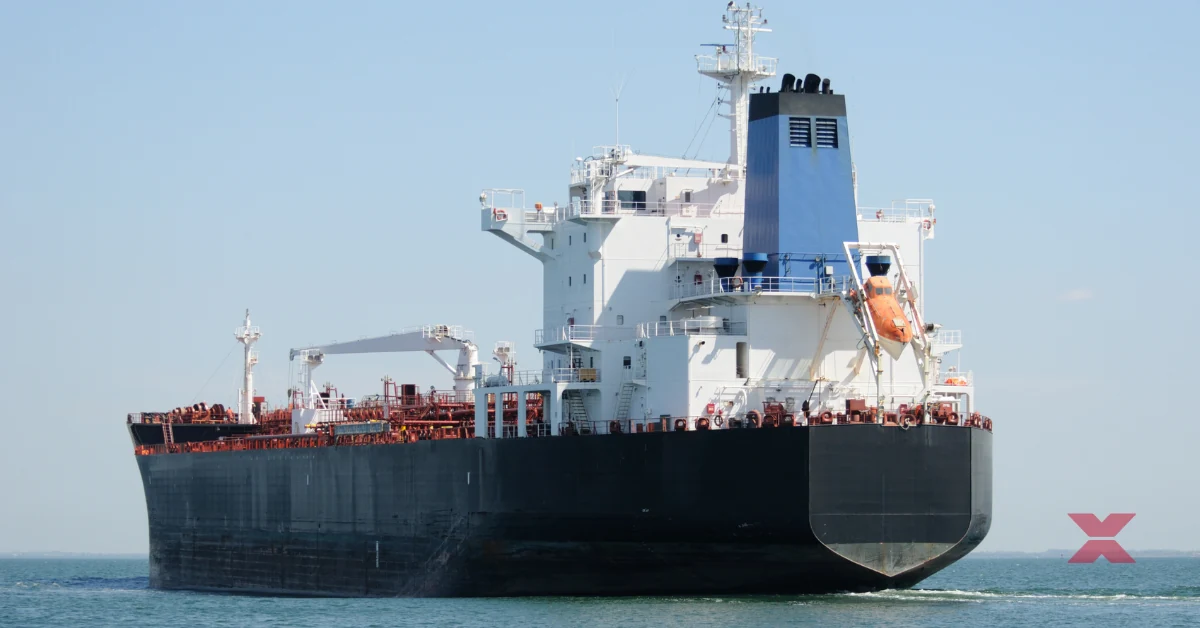
- Trade Policy & Procurement
How U.S. Tariffs Threaten Brazil’s Sugar Exports and Disrupt U.S. Supply
A 50% tariff on imports from Brazil could drastically disrupt sugar flows from the country’s center-south region to the U.S.
This decision, announced as part of a broader trade policy shift, may halt nearly all non-quota sugar exports from Brazil to the American market. At the core of the issue is not only trade protectionism but also the fragility of international sugar supply chains.
The U.S. relies heavily on Brazil—especially the center-south region—for its raw sugar imports. With tariffs adding up to a prohibitive 150% duty on non-quota sugar, the economics no longer work. U.S. refiners may have to seek new partners. Brazilian exporters must divert volumes. Consumers are caught in between.
The New U.S. Tariff Policy
On July 30, the United States Trade Representative (USTR) finalized a new tariff schedule aimed at protecting domestic industries from “non-reciprocal” trading partners. Brazil was among the nations facing increased rates, including a blanket 50% tariff on most goods not subject to special exemption.
Sugar was directly impacted. Only quota-bound sugar is exempt. Everything else—especially sugar from Brazil’s center-south region—is now subject to this 50% duty.
This tariff is added to the existing U.S. raw sugar duty of $357.60 per metric ton, pushing effective costs to unsustainable levels. For many traders and importers, the math no longer supports continued shipments.
Brazil’s Sugar Flows to the U.S. Before the Tariffs
Before the tariff change, Brazil exported more than 33.5 million tons of sugar globally. The U.S. was not Brazil’s biggest customer, but it was a consistent buyer.
In the 2022–23 season:
648,000 tons of sugar were shipped from Brazil’s center-south to the U.S.
An additional 156,000 tons came from the country’s north and northeast under existing U.S. quota programs.
Brazil’s sugar exports to the U.S. largely filled the gap between quota-based allocations and what U.S. refiners needed to meet demand. The center-south region, being the world’s largest and most efficient producer, was the natural source.
Now, that channel is closing.
How Tariffs Make Non-Quota Sugar Nonviable
The U.S. imposes two layers of import protection on sugar:
A base duty of $357.60 per metric ton for out-of-quota imports.
The new 50% tariff on top of the total import value.
Combined, these raise the total cost by over 150%. Sugar that cost $400–$500 per ton delivered now faces a final landed cost exceeding $1,000.
That difference isn’t absorbable. Neither traders nor refiners can carry that loss. This effectively stops non-quota shipments from Brazil’s center-south region.
In other words, this is not a quota tightening—it’s an economic shutdown of open-market flows.
U.S. Sugar Market Impact
The sudden removal of Brazil as a key non-quota supplier creates an immediate supply concern for U.S. buyers.
The U.S. imports more than 2.5 million metric tons of raw sugar annually. With Brazil sidelined, that volume must be sourced elsewhere. But options are limited:
Australia and the Dominican Republic have small surpluses.
Central American countries are near quota limits.
India has export restrictions due to domestic food inflation.
Ukraine and Thailand face logistical challenges.
As a result:
Domestic raw sugar prices will rise.
Refiners will face tighter margins.
Consumers may see price hikes in downstream products like beverages and baked goods.
The disruption will also pressure inventory levels ahead of the holiday and spring production cycles, where sugar demand peaks.
Brazil’s Export Strategy Will Shift
Brazilian exporters aren’t waiting. They are already adjusting volumes and diverting shipments toward:
Asia (Indonesia, South Korea, Philippines)
Africa (Nigeria, Egypt)
Europe (Spain, Portugal under tariff quotas)
These regions offer more predictable contract environments and—critically—lower duty structures.
Additionally, Brazil’s center-south producers may increase ethanol output to offset reduced sugar margins. The region has flexible mill capacity that allows shifting between sugar and biofuel production depending on market conditions.
This shift not only affects volumes but reshapes global sugar availability. Buyers across multiple continents are now competing for the same pool of surplus product.
The Political Backdrop Behind the Tariffs
Former President Donald Trump had previously encouraged the filling of U.S. strategic reserves during his term. But in 2025, his return to an aggressive trade stance has revived broad-based tariffs.
The stated reason is “non-reciprocal trade practices” by Brazil. However, many analysts view the tariff as politically motivated—aimed at balancing trade deficits and courting domestic agriculture interests ahead of elections.
Brazil has limited recourse. As a WTO member, it can challenge the duty. But litigation is slow. Meanwhile, Brazilian sugar, orange juice, coffee, and ethanol all face pressure under the new structure.
Diplomatically, this may strain U.S.–Brazil relations. The two largest economies in the Western Hemisphere are now on uncertain trade footing.
Procurement and Supply Chain Implications
Energy and food procurement teams need to adapt now.
Key risk areas include:
Overreliance on Brazil’s center-south supply
Lack of diversification across trade routes
Price exposure due to reduced supplier competition
To respond, procurement leaders should:
Reassess their origin mix
Engage with quota-holding suppliers (Dominican Republic, Colombia)
Consider warehousing and forward contracting
Monitor policy shifts and quota negotiations closely
This isn’t a one-time trade barrier. It signals a shift toward fragmented, tariff-sensitive sourcing strategies that mirror the broader trend in global commodities.
Case Study: Supply Disruption from Brazil
Prior to the tariff:
800,000 metric tons of Brazilian sugar reached U.S. ports annually.
60% came from center-south mills.
Refiners had year-round access to competitively priced raw sugar.
After the tariff:
Volumes dropped by over 70%.
Spot prices rose 18% in three weeks.
U.S. refiners sought shipments from Guatemala and Honduras but faced long delivery windows.
This case shows how trade policy—not weather or production—can trigger immediate supply crises. Flexibility and contract planning become critical.
Conclusion
A 50% tariff doesn’t just block imports—it restructures global supply chains.
Brazil’s center-south sugar exports to the U.S. are effectively over for now. U.S. buyers must adjust. Brazilian producers will shift. The rest of the world will feel the ripple.
This is a reminder that procurement isn’t just logistics. It’s policy, politics, and timing.
FAQ
1. Why are U.S. tariffs halting Brazilian sugar shipments?
The 50% tariff combined with the $357.60/ton duty makes sugar uneconomical to ship.
2. How much sugar is affected?
Over 648,000 tons from center-south Brazil is now blocked from entering the U.S. market.
3. What alternatives do U.S. refiners have?
Sourcing from Dominican Republic, Central America, or Australia—but volumes are limited.
4. Will this affect sugar prices in the U.S.?
Yes. Retail and industrial buyers can expect price increases in the short term.
5. Is this a permanent shift?
Unclear. Brazil may negotiate a reprieve, but for now, center-south shipments are halted.
6. What should procurement teams do?
Reassess contract exposure, diversify suppliers, and explore long-term warehousing or swaps.
7. Could this trigger more trade disputes?
Yes. Sugar is just one commodity. Ethanol, coffee, and citrus are also under review.

